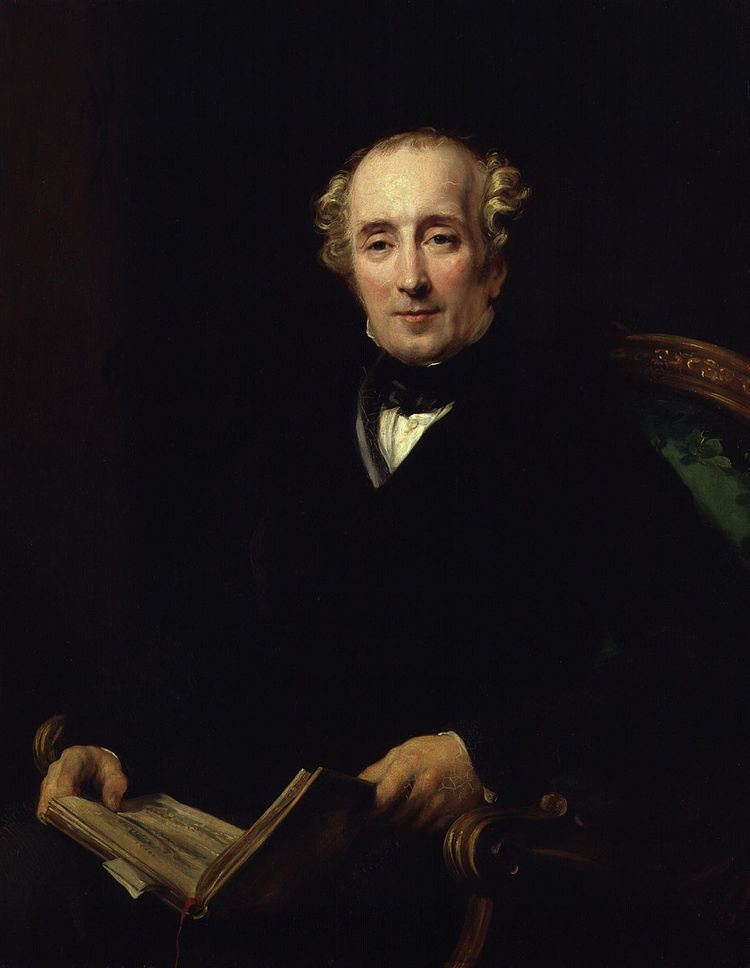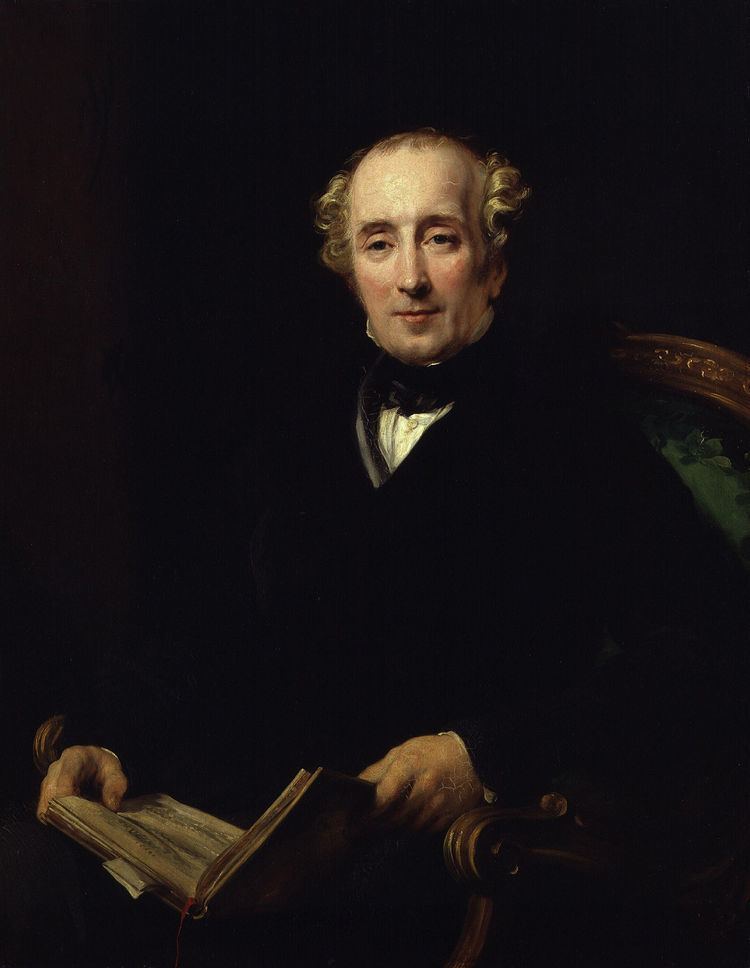Name Patrick Tytler | Parents Alexander Fraser Tytler | |
 | ||
Books History of Scotland, England under the Reigns of, Lives of Scottish worthies, The history of Scotland from the a, History of Scotland Mccclxx | ||
Patrick Fraser Tytler FRSE FSA(Scot) (30 August 1791 – 14 December 1849) was a Scottish advocate and historian.
Contents

Life
The son of Alexander Fraser Tytler, Lord Woodhouselee, he was born in Edinburgh, where he attended the Royal High School.
He was admitted to the Faculty of Advocates in Edinburgh in 1813; in 1816 he became King's counsel in the Exchequer, and practised as an advocate until 1832. At this time he was living at 36 Melville Street, a large terraced townhouse in Edinburgh's fashionable west end.
He then moved to London, and it was largely owing to his efforts that a scheme for publishing state papers was carried out. Tytler was one of the founders of the Bannatyne Club and of the English Historical Society. He died at Great Malvern on 24 December 1849. His biography (1859) was written by his friend John William Burgon.
His body was returned to Edinburgh for burial in the family vault, which lies within the sealed south-west section of Greyfriars Kirkyard known as the Covenanter's Prison.
Family
Tytler first married Rachel Elisabeth Hog (sister of James Maitland Hog FRSE) on 30/3/1826 at Newliston and had 3 children, including Mary Stewart Fraser Tytler (1827–1887) who is buried in Grange Cemetery rather than in the family vault. Rachel died 15/4/1835.
He then married on 12 or 22/8/1845, in Richmond, his cousin, Anastasia Bonar, daughter of Thomson Bonar (1780–1828) of Campden, Kent, by his spouse Anastasia Jessie Gascoigne, widow of Charles Gascoigne, daughter of Dr Matthew Guthrie of Halkerton.
Works
Tytler is most noted for his literary output. He contributed to Archibald Alison's Travels in France (1815); his first independent essays were papers in Blackwood's Magazine. His major work, the History of Scotland (1828–1843), covered the period between 1249 and 1603. A second edition was published in 1841–1843. The seventh volume deals with the reign of Mary, Queen of Scots after her marriage with Darnley.
His other works include:
